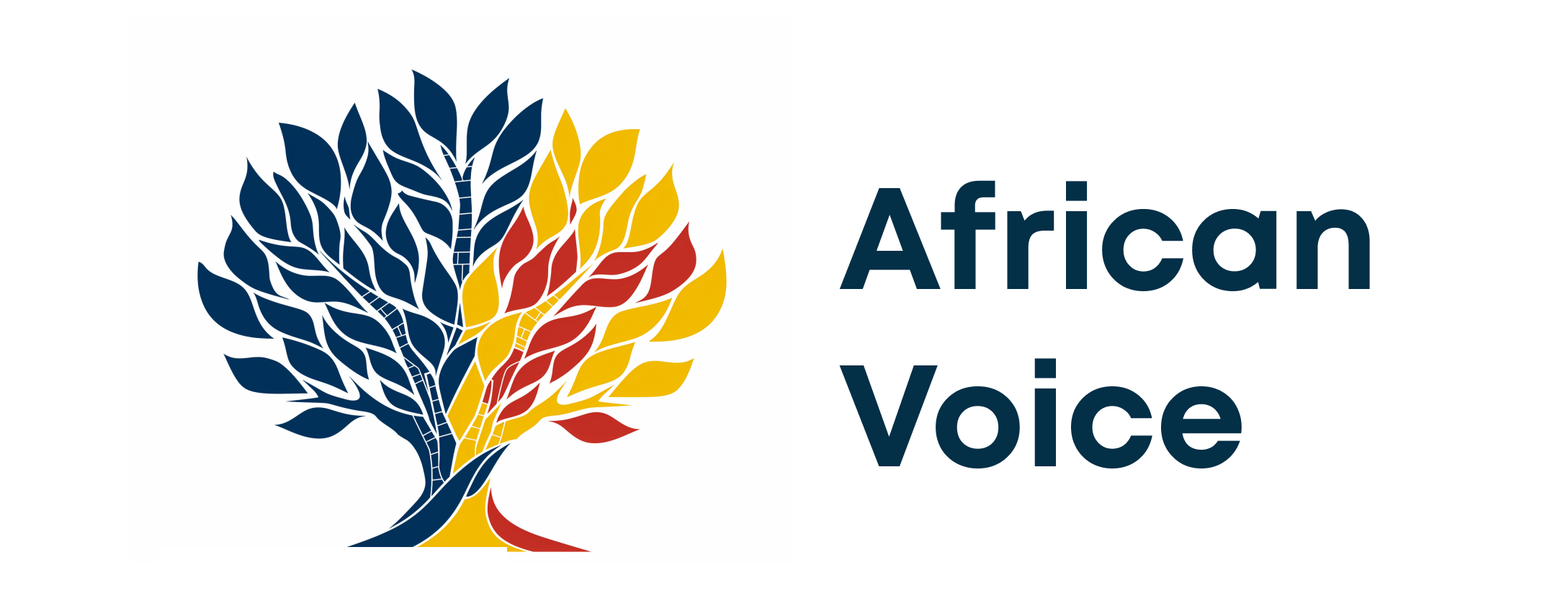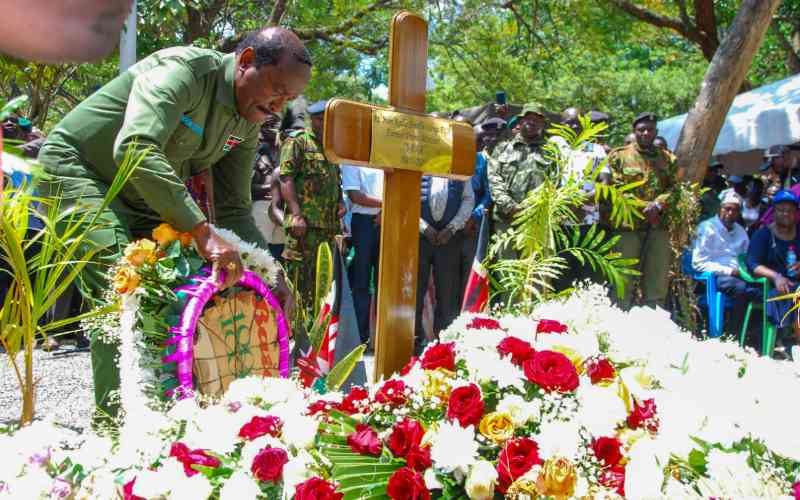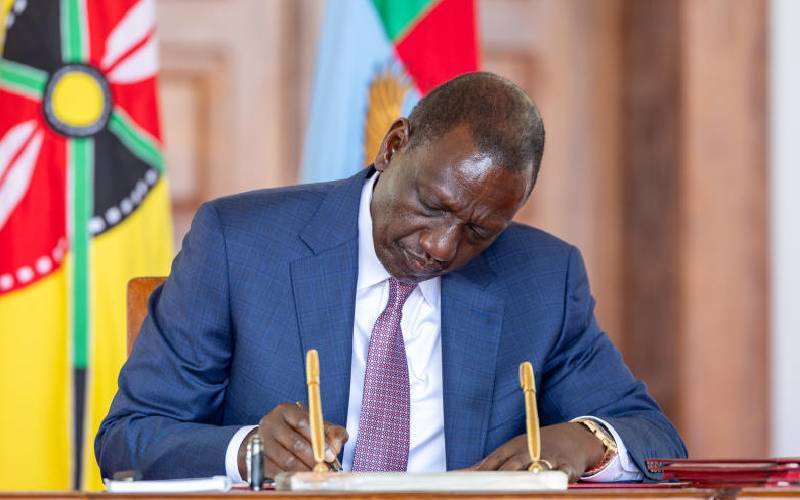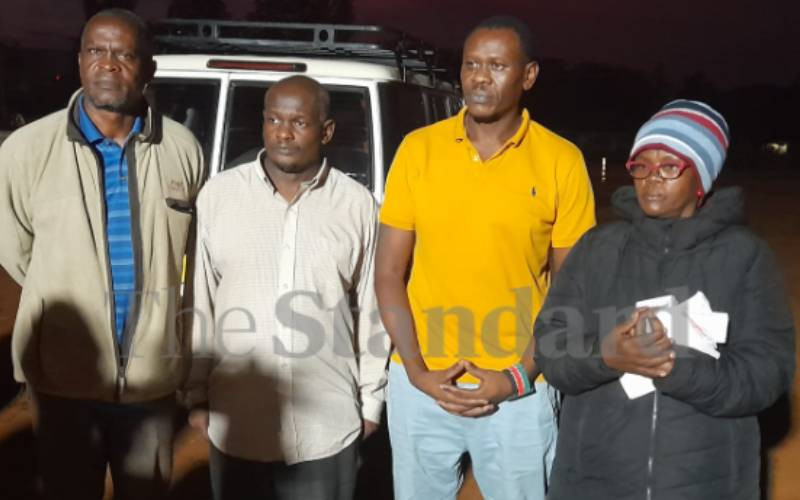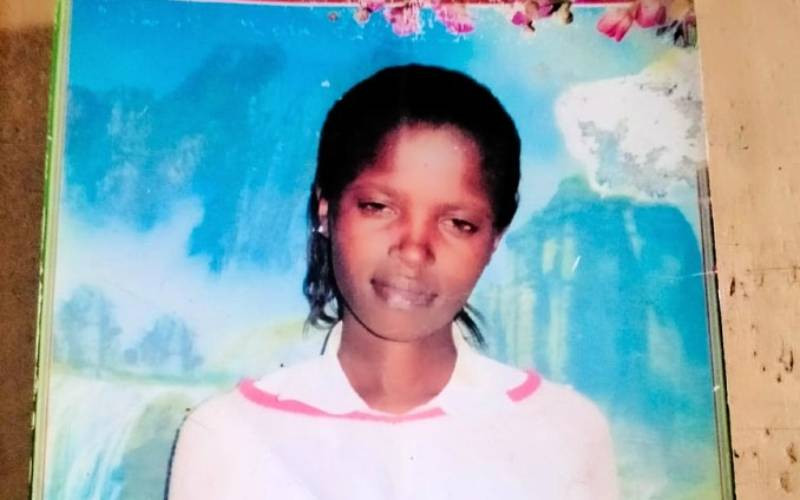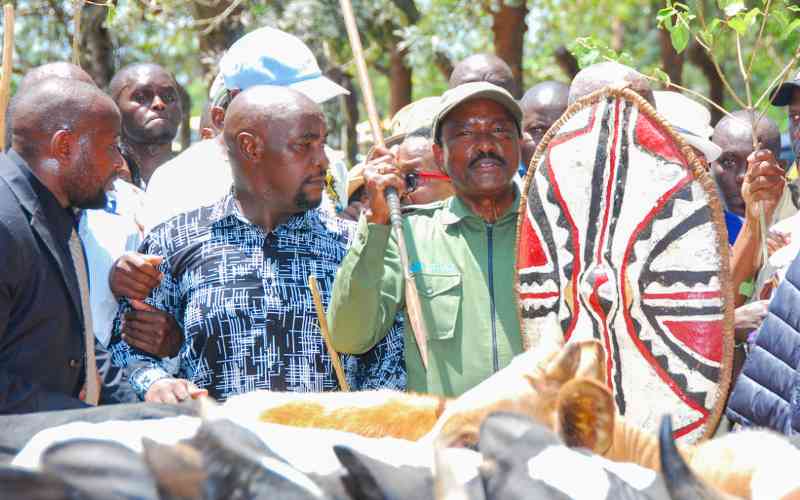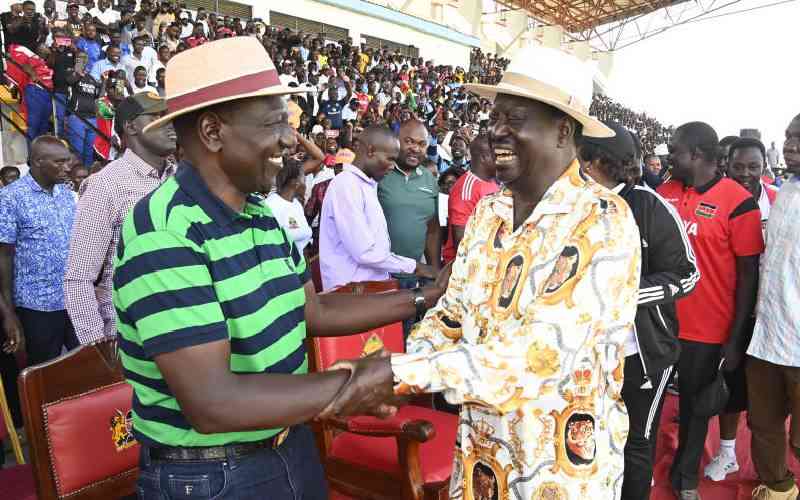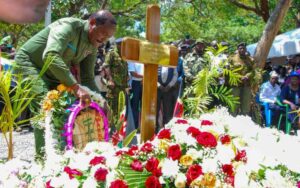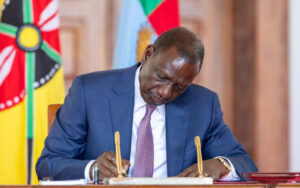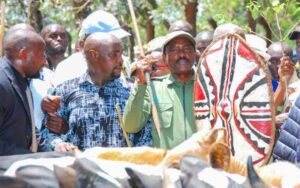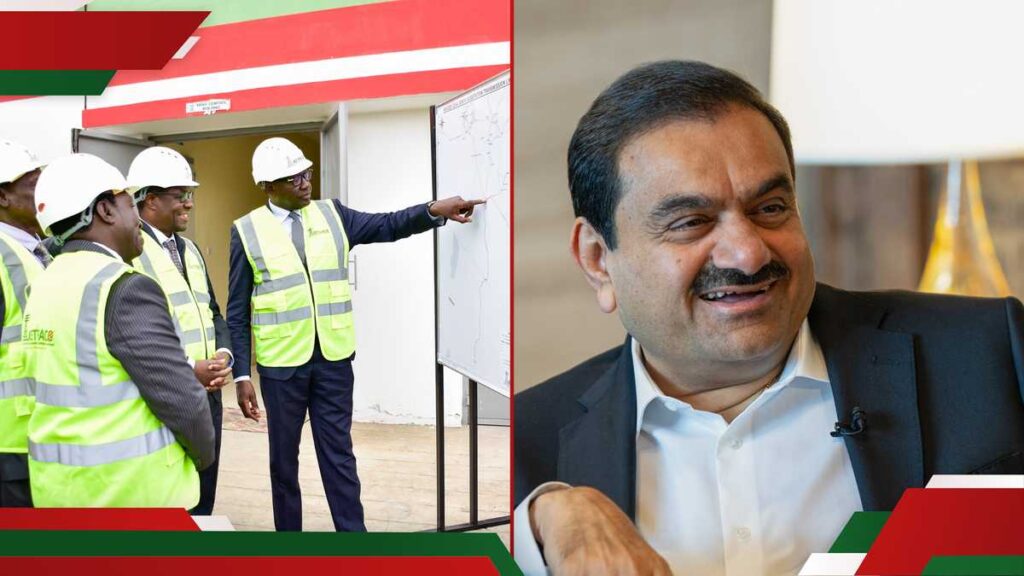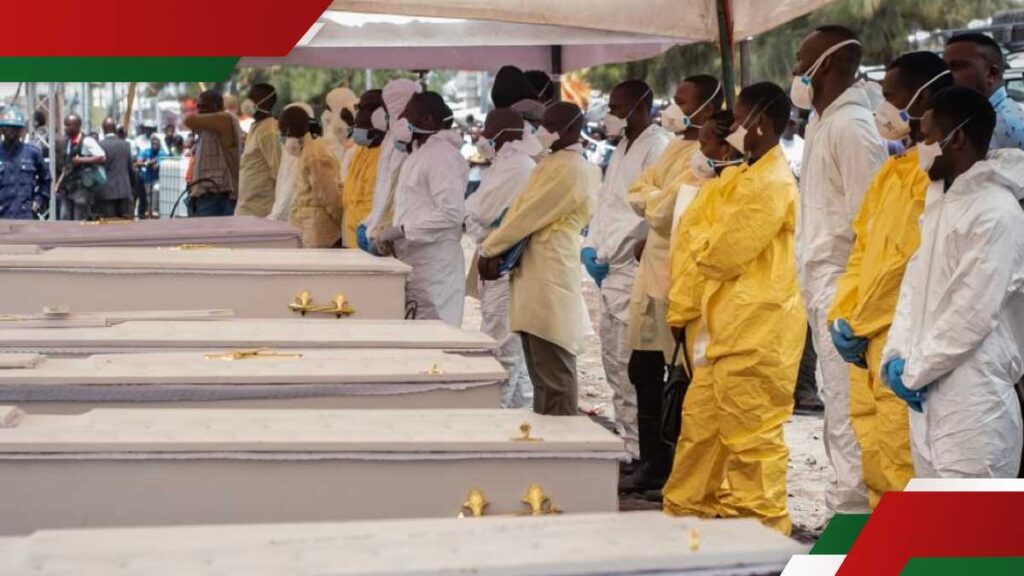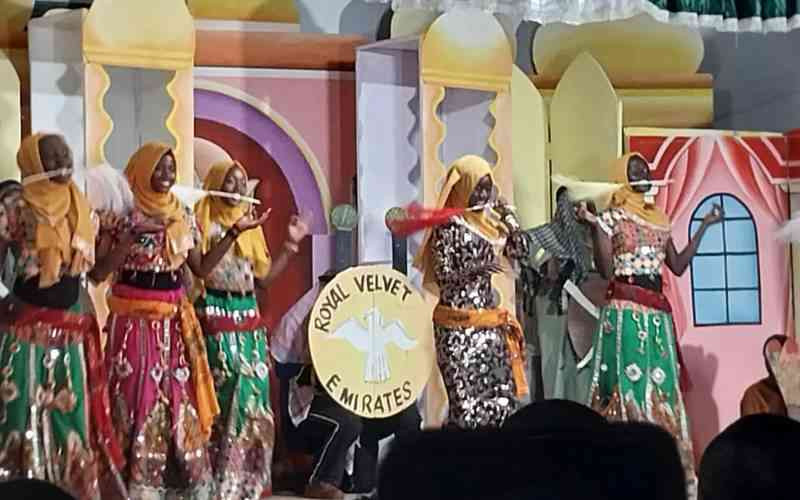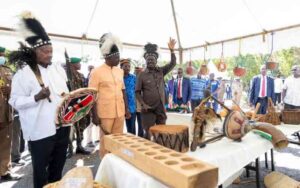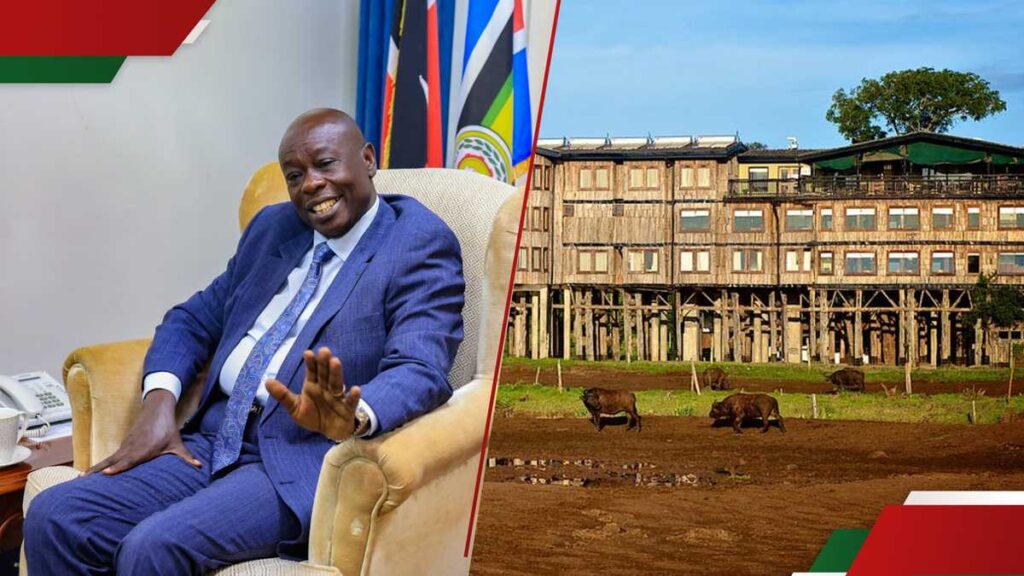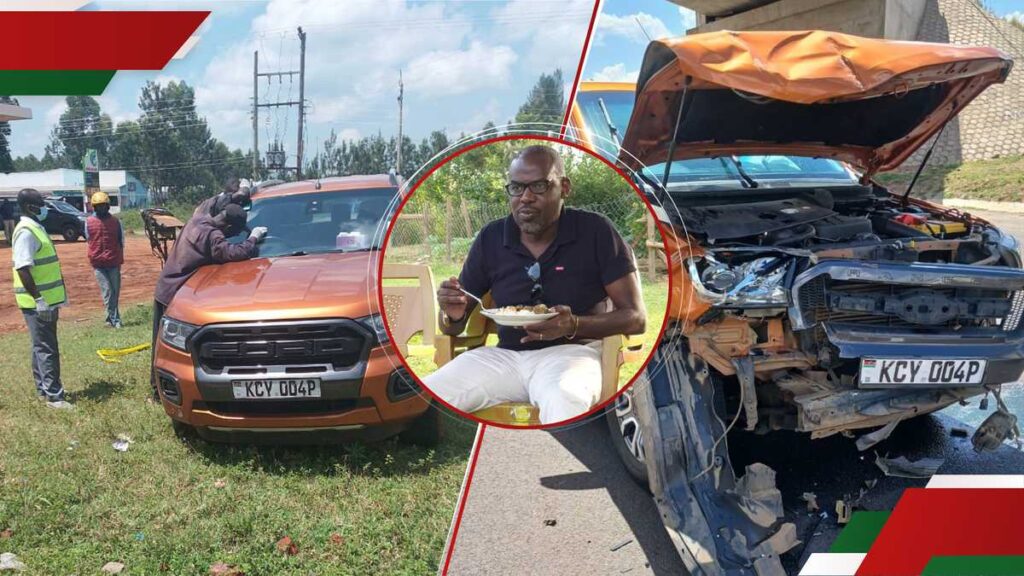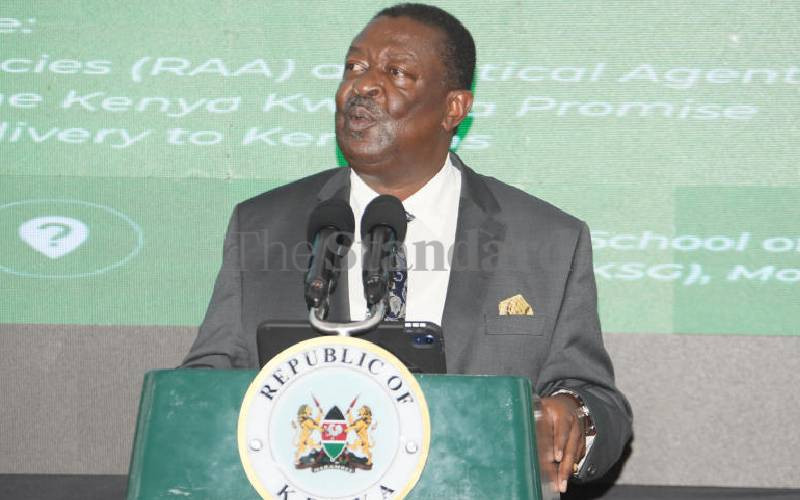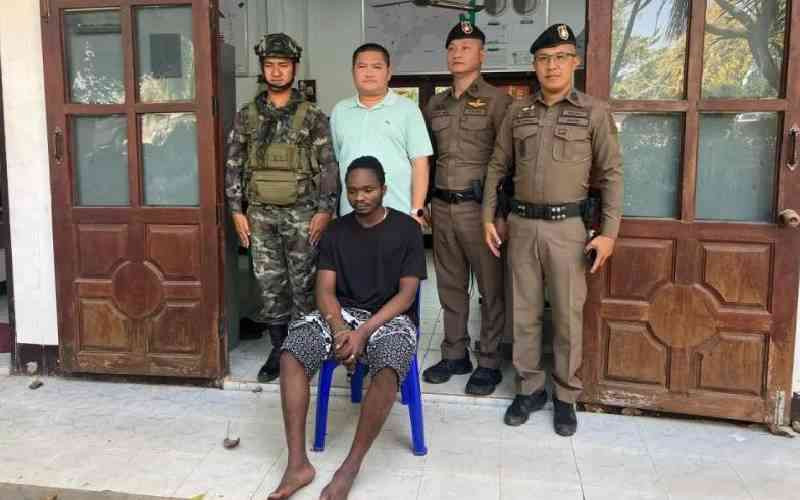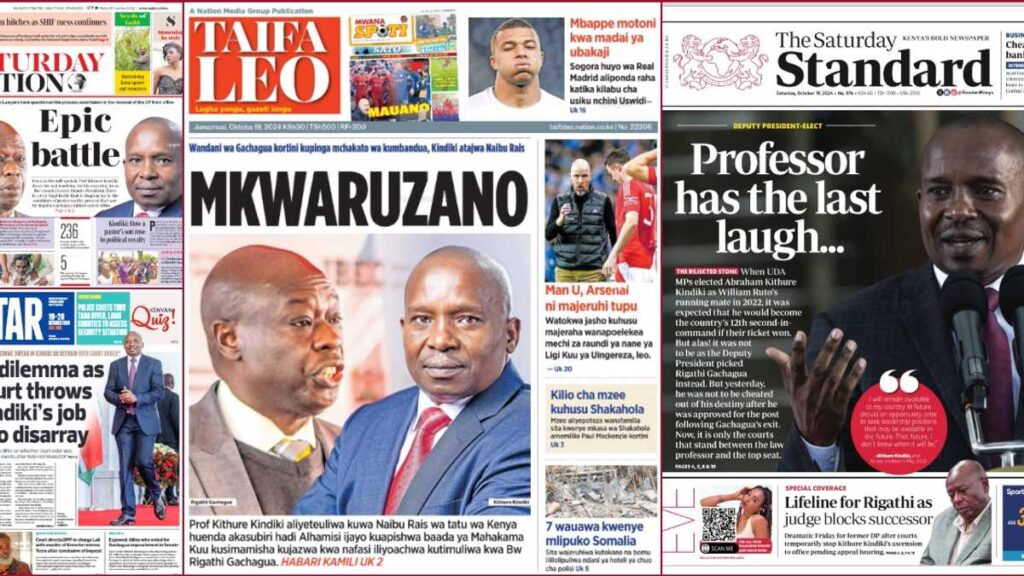When President William Ruto entered into a working arrangement with his erstwhile political foe Raila Odinga, he was seeking breathing space — a quieter environment where he could work and deliver his plan to rescue the hustler nation from poverty and underdevelopment.
At that time, the country was on the brink, with protesting Gen-Zs taking to the streets, leading to the entire Cabinet being sacked in July last year.
The incorporation of Raila’s men into Ruto’s Cabinet led to the gradual fading of the protests that had become a daily occurrence.
The broad-based government also led to the split of the Azimio La Umoja Coalition, with Narc Kenya leader Martha Karua formally withdrawing from the coalition, leaving Wiper leader Kalonzo Musyoka with its shell.
A once vibrant Opposition, led by Raila, Kalonzo, and Karua, became a shadow of its former self after Raila, Roots Party leader George Wajackoyah, and Mwangi Wa Iria stopped frequenting the SKM Command Centre in Karen and the Jaramogi Oginga Odinga Foundation headquarters for anti-government press conferences.
General Election
Kalonzo was left alone and has been trying to regain a foothold in the world of Opposition, even as he continues to struggle to find a formula that will create a force in the 2027 General Election to face President Ruto in his re-election campaign.
READ: How Raila-Ruto deal revealed his political magic
By getting Raila from the streets and leaving Kalonzo — who pundits argue has not attained the charisma and gravitas to inspire a revolt — Ruto hoped he could finally achieve some peace.
After all, he commanded an intimidating majority in Parliament, and his government was made up of technocrats. Ruto was wrong; indigestion caused by the protesting youth has led to lingering issues within his administration, which have since evolved into a more serious malaise that is causing self-implosion.
The anti-government remarks by Cabinet Secretary for Public Service and Human Capital Development Justin Muturi, blaming the National Intelligence Service for the abduction of his son last year, as well as statements by Special Presidential Advisor Moses Kuria condemning abductions, point to leaders within the government who empathise with the abductees.
Former Deputy President Rigathi Gachagua, who was part of the Kenya Kwanza administration, has also styled himself as an Opposition leader, while his allies in the Senate and Parliament, elected on the ruling UDA party ticket, have broken ranks with their party leader (Ruto) and made anti-government remarks.
The MPs include Gathoni Wamuchomba (Githunguri), Jane Kihara (Naivasha), Mary Waithira Wamaua (Maragua), James Gakuya (Embakasi North), Benjamin Gathiru (Embakasi Central) and Wanjiku Muhia (Kipipiri).
Senators Karungo Thangwa (Kiambu), Joe Nyutu (Murang’a), John Methu (Nyandarua), James Mulango (Kirinyaga), and other senators have presented themselves as anti-Ruto crusaders in the Mt Kenya region.
Stay informed. Subscribe to our newsletter
Remained silent
While the Opposition has been emerging from within Ruto’s government, his allies, who should be defending and explaining government policies, have remained silent, placing the burden of the country on the President alone.
This was evident on Tuesday during the vetting of Mutahi Kagwe for the Agriculture Cabinet Secretary position when National Assembly Majority Leader Kimani Ichung’wah said effective government communication was important for mainstreaming policies aimed at transforming and empowering citizens.
“Without it, even well-intentioned policies may fail or face resistance due to misinformation or misunderstanding.
‘‘When stakeholders, including citizens and organisations, do not fully grasp how policies and plans affect their sectors, it undermines their effectiveness.
‘‘This challenge can only be addressed through clear, transparent, and proactive communication that builds trust, engages stakeholders, and fosters understanding,” he said.
ALSO READ: Ruto-Raila alliance: Will it lead to political survival or ruin?
According to political analyst Tom Mboya, the continued onslaught against the government despite Raila’s entry into government was a wake-up call that the move was purely for political elitism and did not solve Kenyan problems.
“Kenyans did not go to the streets because of Raila; what happened on June 25 was an awakening moment for a demographic that has been ignored for years, and that is why leaders within the government have now started airing their issues because they have read the signs from them,” Mboya said.
Opposition figures
On his part, Edward Kasembeli, a communication and political analyst, noted that the emergence of a new crop of opposition figures within the government and the change of tactics by the youth — who got off the streets but continued with protests on social media — was a clear indication that the 2027 political matrix had changed.
“This means that even if ODM were to support Ruto in 2027, the political narratives and groupings would not work. Kenyans are now intelligent and vigilant in terms of accountability,” he said.
ODM Secretary-General Edwin Sifuna, in an interview with Citizen TV four days ago, said, “If you are unpopular, it does not matter how many leaders you bring around you. Ruto will lose the elections even if we support him as ODM. I am very clear in my mind.”
